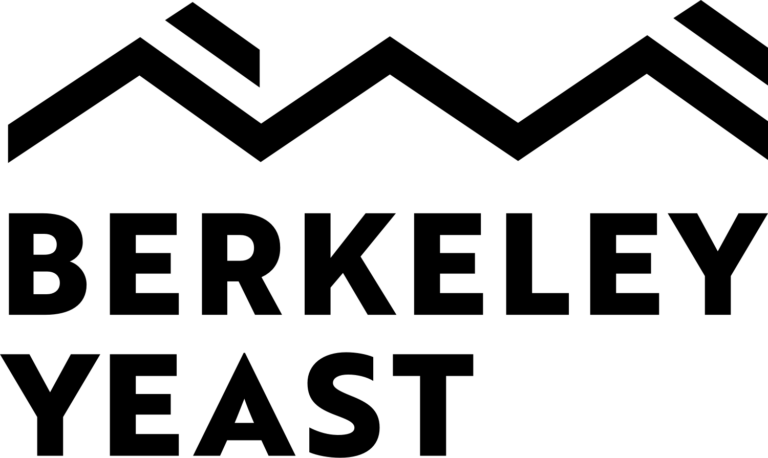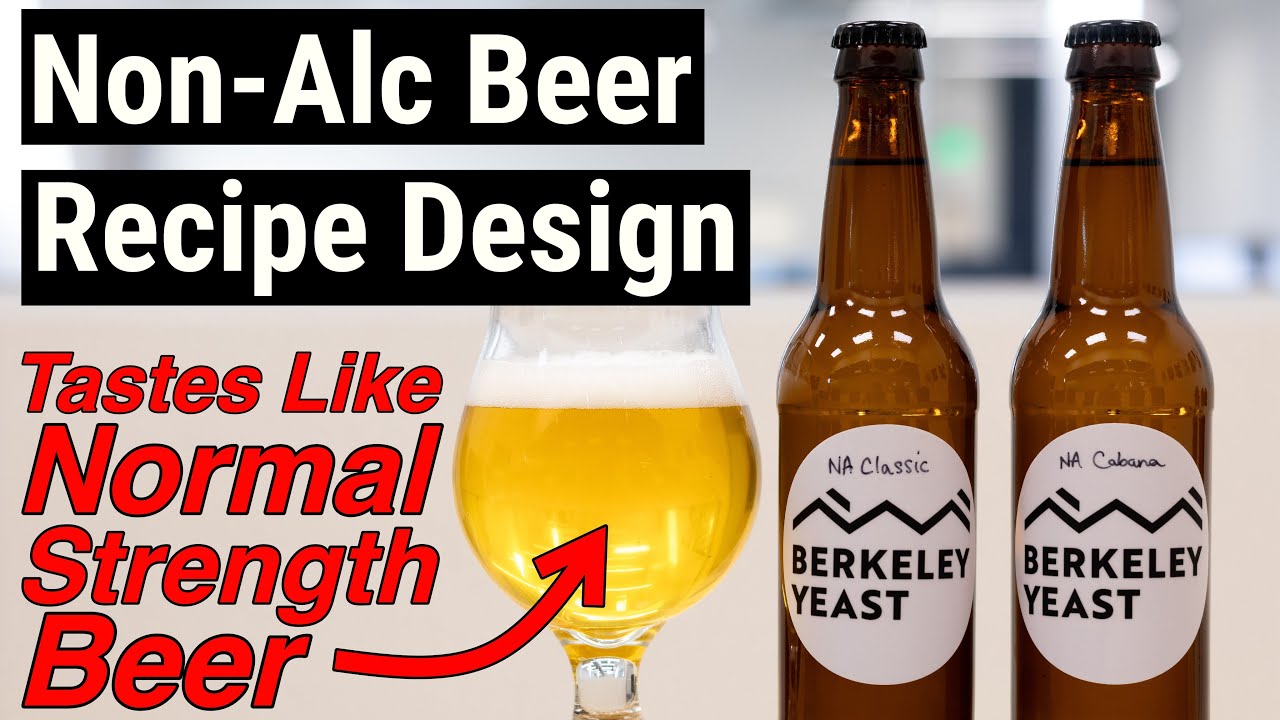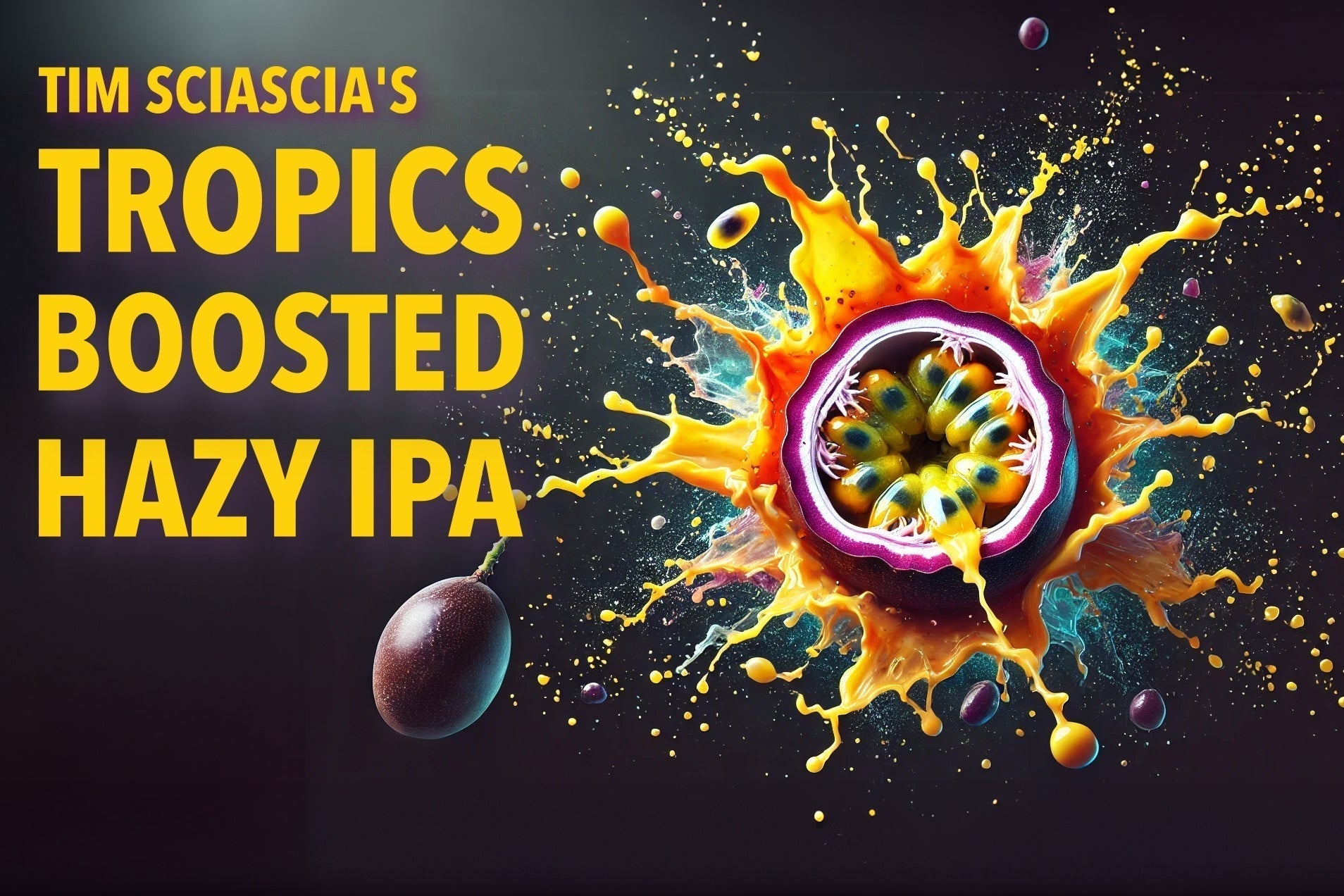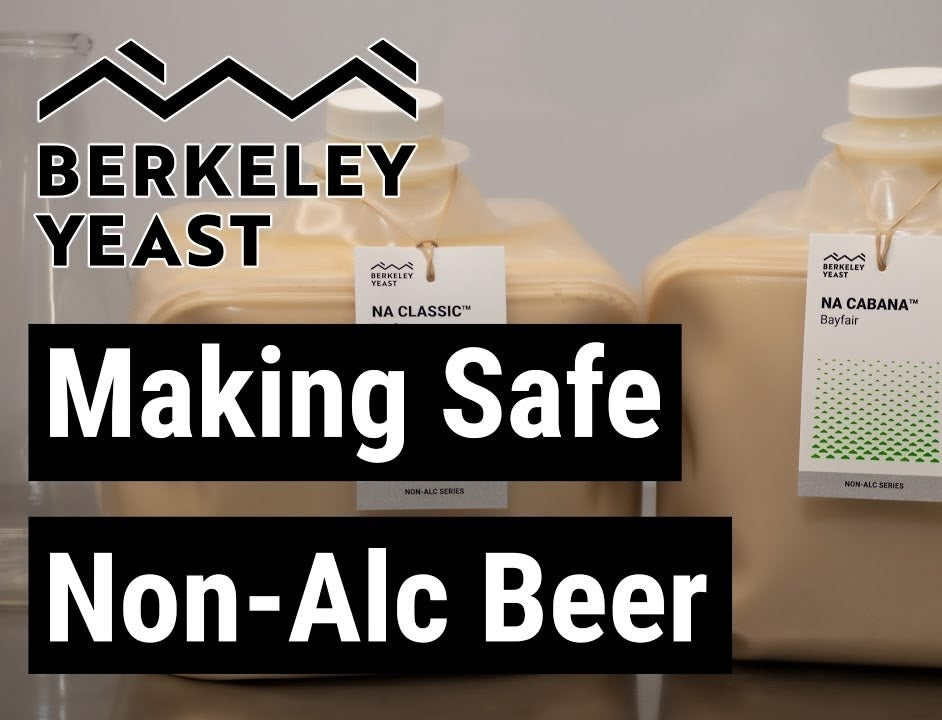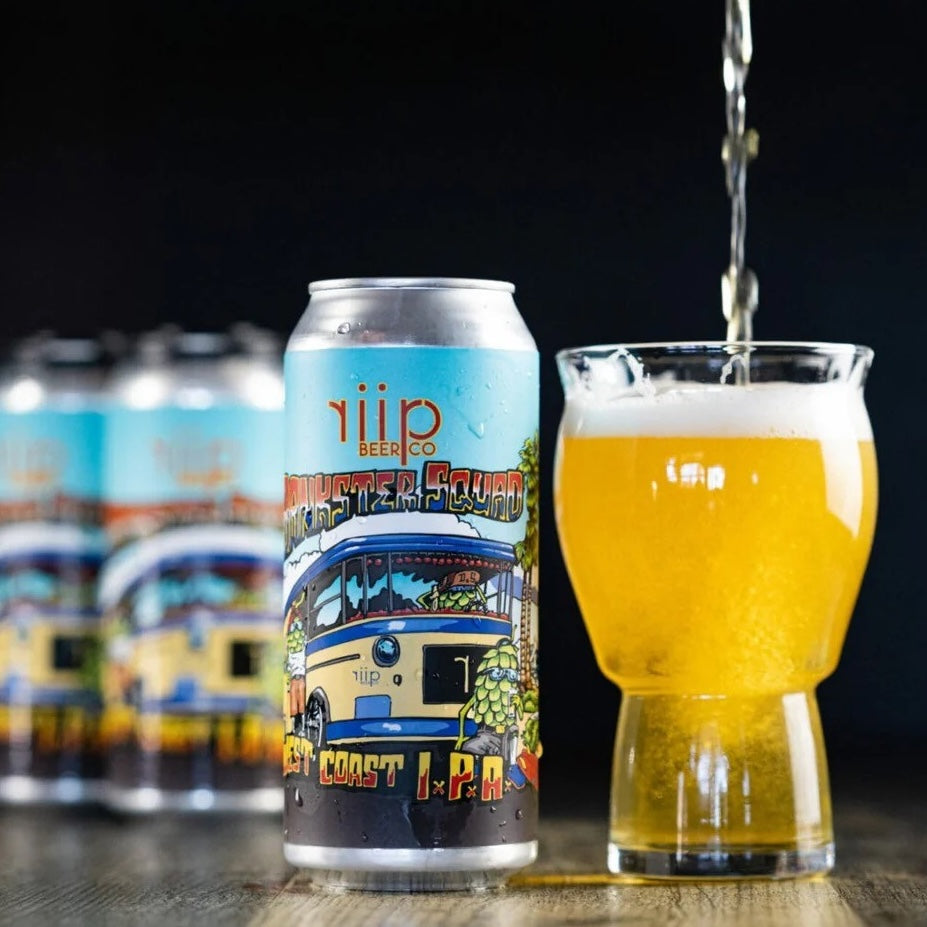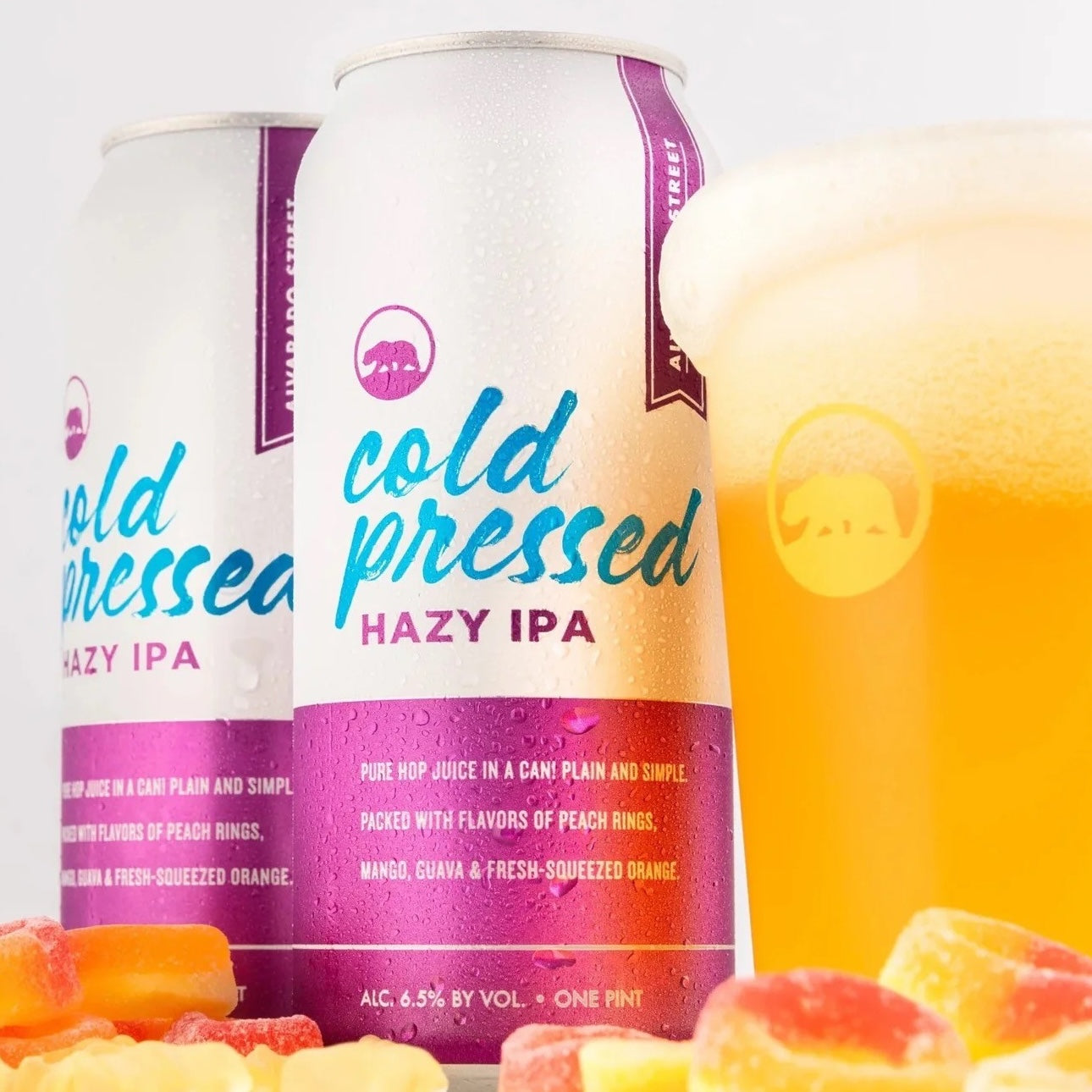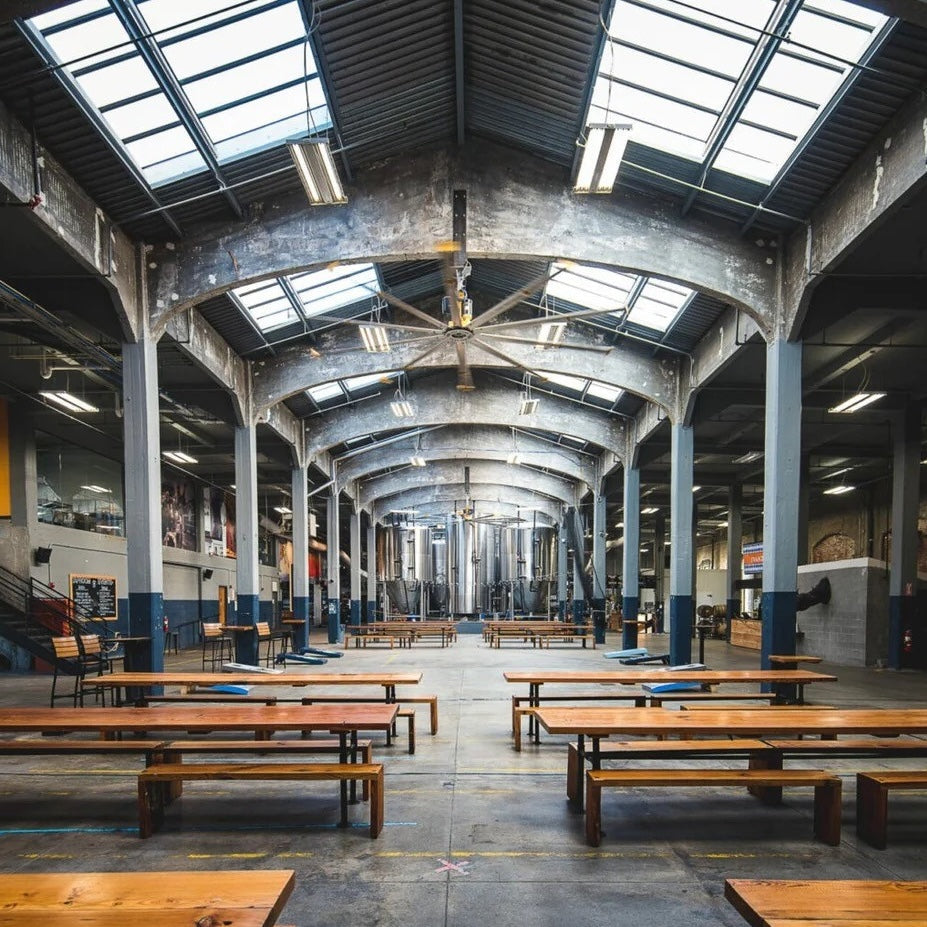After two years of planning and building, this spring we have cut the ribbon for our brand new, state-of-the-art, brewers yeast bioengineering facility. We designed our 9,000-square-foot headquarters to optimize our product development process, enabling rapid and precise development and evaluation. No detail was overlooked, all so that you, our customers, can brew more consistently delicious beer.
Our workflow is fully integrated: from our office layout, where we ideate and innovate; to our molecular biology lab, where we build new strains; to our pilot brewery, sensory and analytical chemistry labs, where we rigorously test and evaluate our products for selection of the highest quality products possible. Come visit us in sunny San Leandro, California, just a few miles south of Berkeley.

“Our pilot brewery is our workhorse,” says VP of Product Development Dan Liu. “We have built our pilot brewery for throughput, flexibility and control, and to mimic the commercial brewery process. At any given time, we have dozens of brews progressing through our facility, each one testing a distinct yeast strain or recipe, while our analytical chemistry team provides the readouts on performance, and the training data required to inform the next iteration of product development.”
The process is “very fast and very, very efficient,” Liu says, helping us better meet the needs of a fast-evolving industry. Our new facility can shave several months off the development time of a new strain, allowing rapid and continuous progression of what our yeast strains are capable of. “Our workflow eliminates all bottlenecks,” Liu says.
We map the biochemical readouts from our mass spectrometers to product quality with a fine-tuned sensory program created by industry veteran Anthony Bledsoe (read more about him below), ensuring that our matters of taste are robust. “We’re doing world-class research that is moving the field of fermented beverages to another level,” Liu says. This facility will help you brew the best beer possible.
